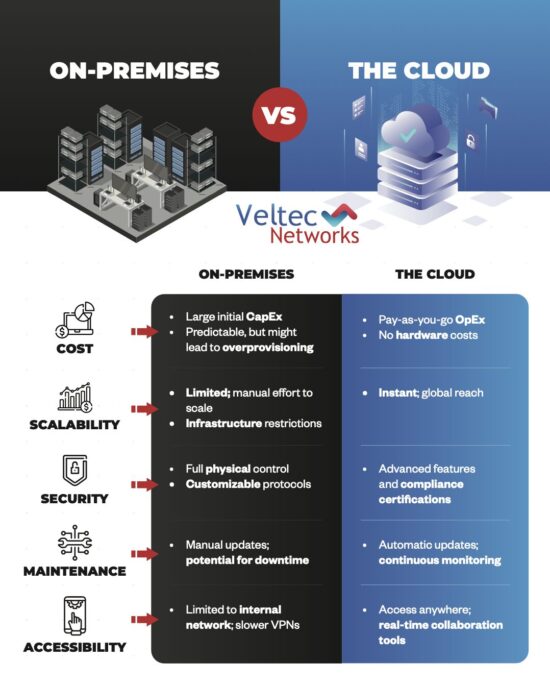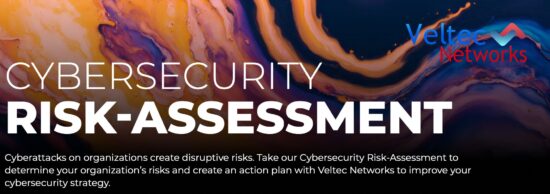Data Protection Tips: How to Keep Digital and Physical Data Safe
Key points
- Protecting your digital and physical data is one of your most significant responsibilities.
- Digital data can be protected through encrypted hard drives and firewalls.
- The use of a filing cabinet can protect physical data (paper documents)
Reports of data breaches are increasing, with thousands of people falling prey to cybercrime and physical data theft every day. When it comes to any form of data, whether personal or corporate, it is essential to take steps against breaches that can occur from malware, theft, vandalism, viruses, or phishing attacks.
Data protection generally safeguards essential information from falling into the wrong hands. It also ensures that data can be restored quickly after a breach to mitigate the risk of physical theft or cybercrime. Simple yet effective steps can help you safeguard your physical and digital data from hackers.

Ways to Protect Digital Data
Store Data on Encrypted Hard Drives
The easiest way to store information, especially when using shared computers, is to use a hard drive that can plug into a computer to access the data. However, not all hard drives are safe, and your data can thus fall prey to hacking. In this case, it is vital to use an encrypted hard drive. Encrypted hard drive stores your information using sophisticated mathematical functions that make it difficult (not impossible) for hackers to access the information, should your hard drive get lost or stolen.
Storing information on a hard drive without encryption threatens your personal or company data. This is because a stranger can easily access all your info if the hard drive is stolen and even install viruses and malware to the drive that can infect your computer when you plug it in.
Back up Your Data in Cloud Storage
One important yet commonly overlooked practice of keeping data safe is backing it up on cloud storage. Cloud storage services like iCloud, Google Drive or Dropbox come with their file management system and encryptions that helps keep your data away from third parties.
Additionally, backing up your data helps ensures that you can quickly restore it if the original data is lost or stolen. This way, you don’t have to lose important information or cause your company some downtime trying to recover lost data.
Use a Protected Network
If you are keen on protecting your digital data, you should always use a protected network. A secure network is one in which the wireless connection is secured with a password to deter outsiders without access to the password from using it. Using a protected network helps prevent unauthorized individuals within proximity from hijacking your wireless network and accessing critical data from your device.
If you have a Wi-Fi network for your workplace, ensure it is secure, hidden, and encrypted. You can set up your wireless access point or router to hide your WI-FI network so it does not broadcast the network name.
Additionally, you should avoid public WI-FI, like in hotels, lobbies, or airports, even if it is secured with a password, especially when using a computer with sensitive information.
Use a Firewall
Firewalls are essential in blocking dangerous programs, spyware, and viruses from infiltrating your system. You can get firewall protection from various software companies, but the hardware-based firewalls that are mostly built into network routers offer the best level of security.
In addition to a firewall, you should install security software like antivirus or antispyware on your computer. It is essential to ensure that they are from a reputable source and should be up-to-date. You should update the security software regularly to protect your data from the latest threats.
Ways to Protect Physical Data
Digital data is not the only data susceptible to fraud, physical data like paper documents can also be stolen and manipulated. What’s worse is that paper documents will mostly be stolen by close people with physical access to the data. It is, therefore, essential to be careful with your paper documents, even when around people you think you trust. The following tips can help.
Utilize a Filing Cabinet
If you are working with paper documents, it is essential to have a filing cabinet. This filing cabinet should have a locker with a key only authorized people can access. After finishing up your documents, you should lock them there and ensure to keep your key safe at all times. This will decrease the risk of a physical data breach. Additionally, it is crucial to lock the office door when the workday is over.
Shred Any Documents with Critical Data
Another way to keep your physical data safe is by shredding any document you wish to dispose of in the recycle bin. This way, you can be sure that no information can fall into the wrong hands and cause detriment to a company or self.
Alternatively, you can burn the paper documents in a metal fire pit to eliminate documents with critical information.
Protect against Shoulder Surfing
Shoulder surfing is a direct observation technique where one can watch over your shoulder to nab valuable information. To keep your physical data safe, you should arrange files, computer screens, and whiteboards so unauthorized members cannot see and read your documents’ content.
Don’t Leave Documents Laying Around
Whether you want to visit the washroom or take a lunch break, never leave essential documents lying around your desk or workstation. It only takes a minute for someone to stumble across your documents and steal information. You should ensure all information is safely locked in your desk or cabinet before leaving your desk or workstation to safeguard against data breaches.
Do You Need Help Keeping Your Data Safe?
There is nothing worse than experiencing a data breach that ruins all your years of hard work. Are you seeking help keeping your digital and physical data safe from unauthorized access? Veltec Networks is your solution. We have years of experience and expertise in providing high-level data security services to protect you and your company from cybercrime.






